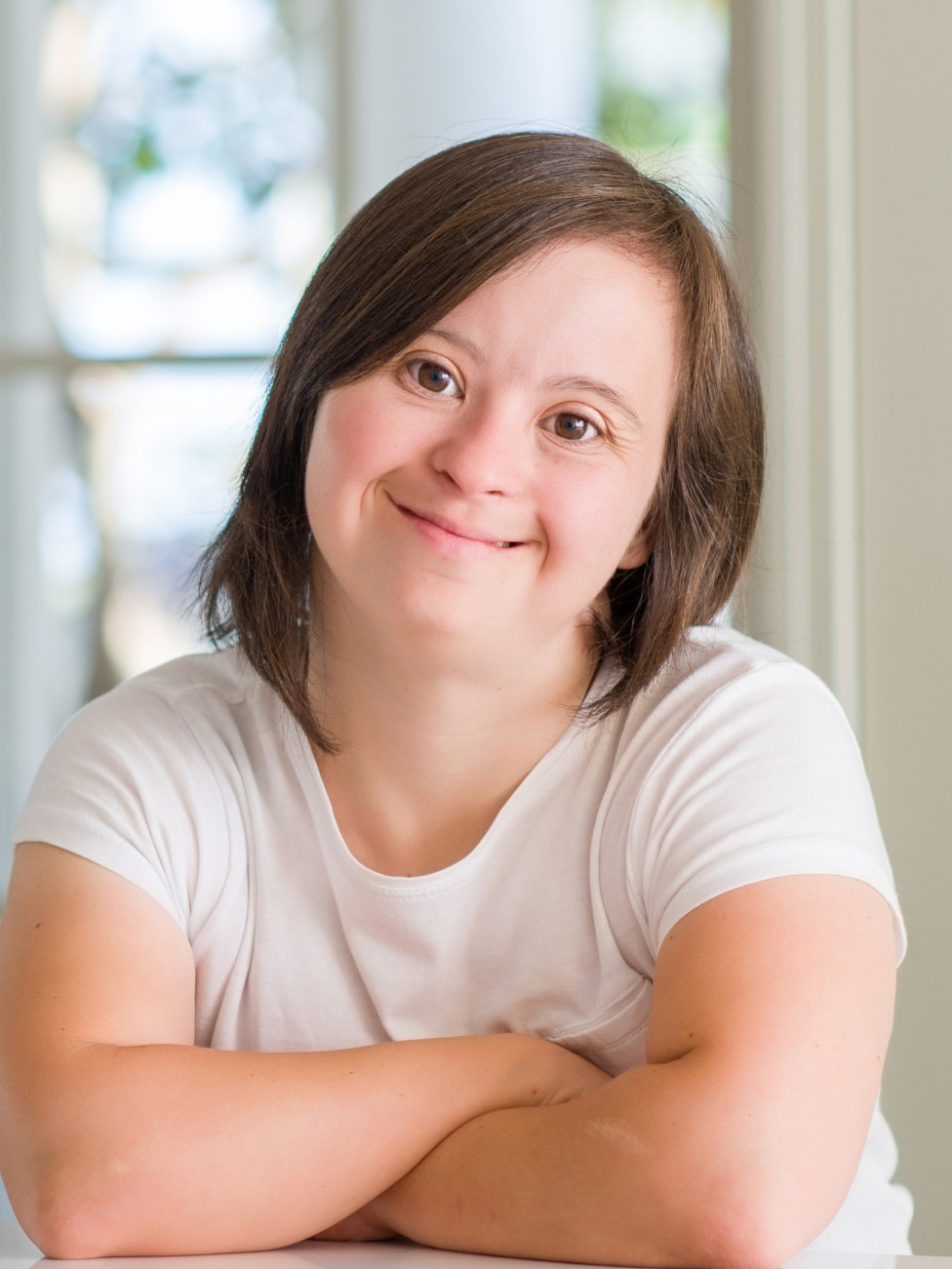What are the Different Types of Autism?
14 March, 2023
Receiving an autism diagnosis for yourself or for a loved one can be a challenging and confusing experience. One thing that can help to reduce anxiety and distress during this period, is to adequately understand the terminology used by medical professionals when they give you a diagnosis.
There is a lot of information out there on this topic and it can be easy to find yourself overwhelmed by it all. To help with this feeling, we've tried to put together a simple guide to help you understand the different types of autism and to allow you to get your bearings as easily as possible.

Why is it called a 'Spectrum' of Autism Disorder
Autism Spectrum Disorder (ASD) is a neurodevelopmental disability that affects an individual’s social interactions, behaviour and overall ability to interact with their environment.
ASD is described as a “spectrum” disorder because it is different for every person with the condition. It affects different people in vastly different ways and leads to a wide variety of symptoms that can be more or less severe in each individual.
An autism diagnosis is relatively common, with around 1 in 150 people in Australia living with ASD.

The Three Levels of Autism Spectrum Disorders
Today, healthcare professionals use the term 'autism spectrum disorder' as one broad umbrella term that describes the entire range of neurodevelopmental disorders that make up the autism spectrum. In order to provide a more specific diagnosis, Autism Spectrum Disorder is then broken down into three levels that relate to the degree of support the autistic person needs.
You may however, be familiar with other terms used to describe different types of autism spectrum, such as "Asperger's syndrome." This is because prior to 2013, medical professionals diagnosed autism using different subcategories, such as Asperger's syndrome, Autistic disorder, pervasive developmental disorder, childhood disintegrative disorder, and Rett syndrome.
In 2013 however, the American Psychiatric Association removed these types of autism from the Diagnostic and Statistical Manual of Mental Disorders (DSM-5). As a consequence, they are no longer recognised diagnostic categories and have been used less and less throughout the world to describe individuals with autism.
Level 1: Requiring Support
Level 1 is the mildest form of Autism Spectrum Disorders. Individuals at this level may find communicating appropriately with others a challenge. Individuals with level 1 ASD may:
Struggle to initiate social interactions
Make atypical or unsuccessful responses to social contact from others
Have a decreased interest in social contact and limited social skills
Have the ability to speak in clear sentences but may struggle to keep up a two-way conversation
Struggle making friends
Individuals with level 1 Autism Spectrum Disorder may also display some repetitive behaviors. For example, they may:
Act in an inflexible way that can affect their day to day functioning in certain situations.
Have trouble moving from one activity to another or trying new things.
Have trouble organising and planning for the future. This can mean they are not as independent as others their age.
Level 2: Requiring substantial support
A diagnosis of Level 2 ASD indicates more significant problems with communication, social skills and greater difficulty changing focus or moving from one activity to the next.
The communication issues that a person with Level 2 ASD may face can include:
Obvious issues with verbal and nonverbal social communication skills
Noticeable social issues in spite of social supports.
Limited social interaction
A reduced response to social contact from others
More significant issues with nonverbal communication
People with level 2 ASD often have narrow interests and display repetitive behaviours such as pacing or repeating particular words. Other issues may include:
Significant inflexible behaviour
Struggles in coping with change
Difficulty in changing focus or action
Level 3: Requiring very substantial support
The most severe form of autism is level 3. People in this category have the most significant social and communication challenges.
In terms of communication issues, people with a Level 3 ASD diagnosis may:
Have severe issues in both verbal and nonverbal communication, that severely impair their day-to-day functioning
Very rarely or never initiate social contact
Show minimal response to others when they initiate social contact
Have very limited language skills or have no speech at all.
The repetitive behavioural issues a person with Level 3 ASD may face include:
Extremely inflexible behaviour
An extreme difficulty managing change
Restricted or repetitive behaviours that significantly interfere with functioning.
Experiencing great distress or difficulty when changing focus or action
Limitations of the ASD Levels
The three ASD levels can be very valuable for determining the level of support an individual requires. As mentioned above however, ASD is a spectrum disorder and the three levels of diagnosis can never provide a full picture of the particular strengths and limitations of each individual.
Each person's autism spectrum disorder experience is unique, influenced by many different factors. For example, some people with a level 1 ASD diagnosis may need more support at school but need very little support in their own home, while others may be fine at school but need support in social situations.
For this reason, many mental health professionals do not find these levels helpful and prefer to provide a general diagnosis of ASD rather than classifying individuals using these levels.
The Previous Types of Autism
Prior to 2013, healthcare professionals referred to several different types of autism when making diagnoses (from the Diagnostic and Statistical Manual of Mental Disorders (DSM-5). These previous types of autism were based on different groupings of symptoms rather than severity. This led to significant problems with diagnosis because of how non-specific and open to interpretation the symptoms were. The previous types of autism were:
Asperger's syndrome: Asperger syndrome was considered one of the mildest forms of autism. Those who were diagnosed were often described as “high functioning”.
Autistic Disorder or Kanner's Syndrome: Kanner's Syndrome was an early term for what became known as Autistic Disorder or Classic Autistic Disorder. A diagnosis of Autistic Disorder was for people with more severe communication challenges such as significant language delays and difficulty in day-to-day function as a result of inflexible behaviours.
Pervasive Developmental disorder Not Otherwise Specified (PDD): A diagnosis of Pervasive Developmental Disorder Not Otherwise Specified was for those individuals whose symptoms fell between Asperger’s Syndrome and Autistic Disorder. A Pervasive Developmental Disorder diagnosis was given when a person did not fully meet the criteria for Autism Spectrum Disorder, Asperger’s Syndrome, Rett Syndrome or Childhood Disintegrative Disorder, but has several of the characteristics. As a result, there was no set pattern of symptoms or signs for people with Pervasive Developmental Disorder.
Childhood Disintegrative Disorder (CDD): Childhood disintegrative disorder (CDD) or Heller's syndrome, is an atypical autism type of unknown cause. Unlike other types of autism, it is characterized by late-onset regression somewhere between the ages of 3 and 10 that leads to significant intellectual disability (ID) and severe autism.
Rett Syndrome: Rett Syndrome is a rare genetic neurological and developmental disorder that affects the way the brain develops. It usually affects girls, and most babies with Rett syndrome seem to develop as expected for the first six months of life before being affected by the syndrome. The syndrome causes a progressive loss of motor skills and language.

The Importance of Early Diagnosis
If your doctor thinks you or your loved one has ASD, they will refer you to a specialist to confirm the diagnosis. Correctly diagnosing the level of ASD for yourself or your loved one can be very important.
The three levels of ASD can help healthcare professionals prescribe appropriate therapies that can help the person with ASD make the most of their strengths and improve their social, communication, and other behavioural skills.
Most people with ASD can develop the skills they need to function by themselves or in a supportive environment. Research has shown that early diagnosis, early intervention, and early treatment can be very important.
How Can Focus Care Help?
Our experienced team are happy to talk about your needs and share information plus tips on next steps to support your choices.
Our disability support team provide an initial, no-obligation consultation, where we get to know you and your individual care needs. If you don’t have an NDIS Plan, we also offer all our services privately.
All our support workers adhere to strict standards and policies to provide the utmost care.
Reach out today to find out more – and get support for the journey.




